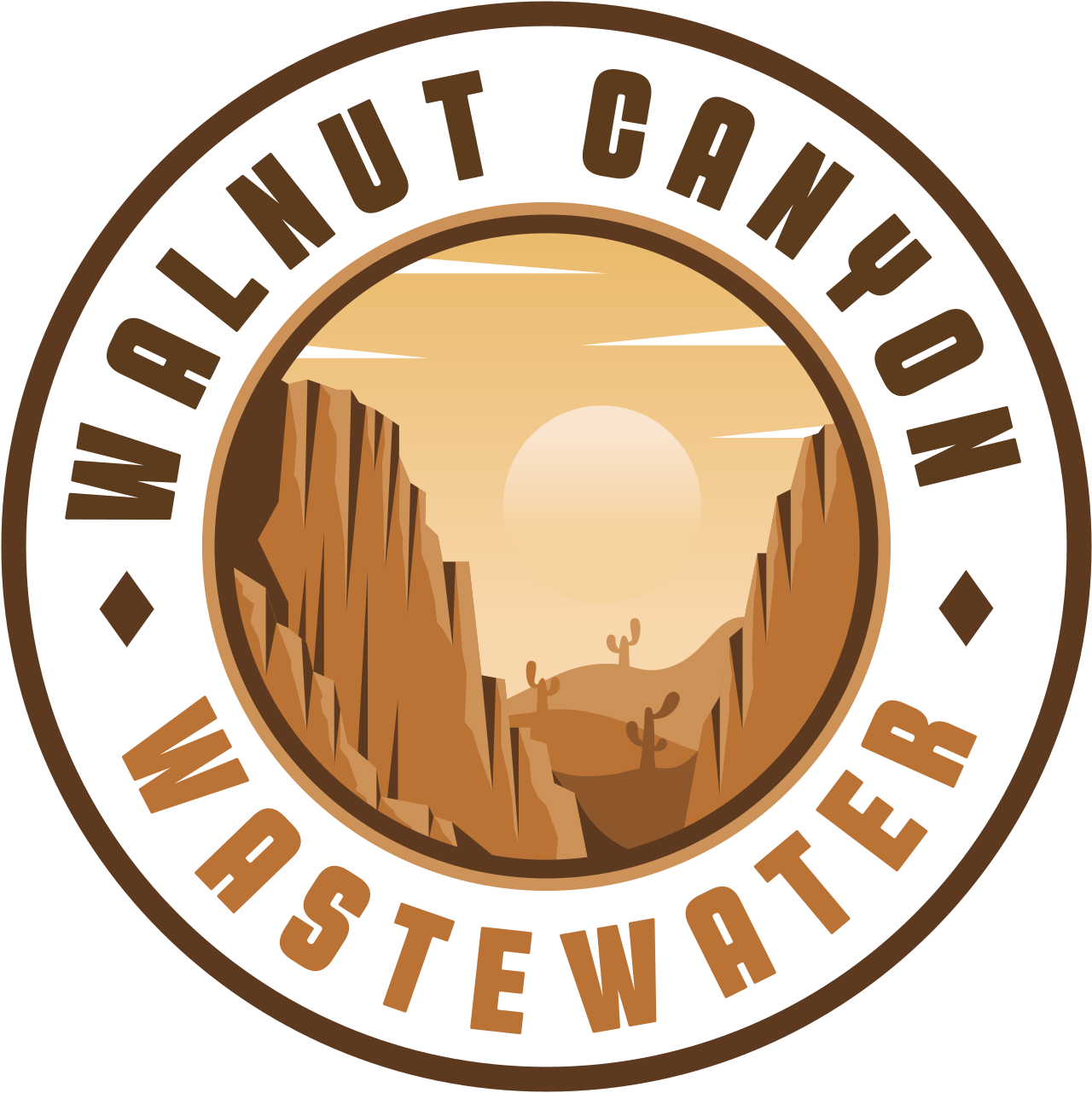Image by: Andrew Shipley
Alternatives were generated for all treatment processes. These alternatives were then scored using a weighted decision matrix and one was selected for final design. For further details see the pages for each treatment process
The final design included replacing the existing preliminary treatment fine screens with band screens from JWC Environmental. It was also recommended that Plants 4 and 5 be switched from their existing operation method to a conventional oxidation style with an anaerobic denitrifying zone. Finally, it was determined that the facility's currently unused aerobic digestors should be converted to anaerobic digestors to produce biomethane as a revenue source. It was determined that changes to other treatment technologies were not needed to bring the facility to a capacity of 16.3. Additionally, the hydraulics of the facility were determined to be adequate to convey the extra flow. With all design completed a new process flow diagram and site layout were additionally created. For further details see the final design page.
The final capital cost of the proposed changes was estimated to be $1,455,000. The annual operations and maintenance costs (O&M) was estimated to be $3,103,000, which represented a savings of around $1,100,000 per year from current conditions. See the full cost analysis page for further details.
Cost AnalysisA Manual of Permitted Operations (MOPO) was generated to provide in depth construction phasing details. The MOPO includes matrices that show what construction and maintenance activities can and cannot be completed at the same time, as well as which can and cannot be completed during inclement weather and high influent flow. The full MOPO can be downloaded below.
Manual of Permited Operations This project will have direct external impacts on social, environmental, and economic aspects. The increased capacity for SPA 1 WRF will allow the surrounding area to facilitate the population growth expected in the coming years near Surprise, Arizona. Furthermore, the proposed upgrades will create more work for the construction industry.
From an environmental perspective, the recommended design solution does not change the footprint of the existing facility; this means that no additional energy and resources will need to be spent on constructing infrastructure such as concrete oxidation ditches or clarifiers. The design team approached the problem with sustainability in mind so that existing infrastructure could be retrofitted and repurposed to accommodate the additional treatment capacity and solve existing challenges that arose during the project.
Decreasing the yearly O&M costs for the SPA 1 facility positively impacts both the facility and surrounding community. Since the facility is publicly owned and operated, a change in cost directly affects the taxpayers and end users who help fund the facility. The recommended design changes keep required capital and O&M costs very low which means taxpayers are not affected or very minimally affected by the improvements at SPA WRF.
